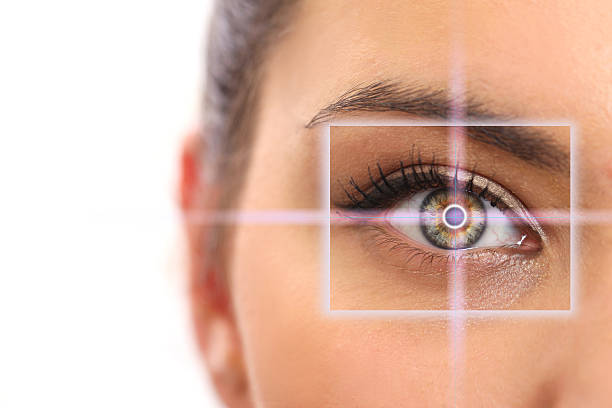Cornea transplant surgery is also known as keratoplasty. It is a common surgery and has a good amount of success rate as well. Cornea transplant is required for people who have their corneal tissue damaged due to scarring or bruises. This affects the normal vision, which cannot be further corrected with the help of lens or medication. The cornea can swell thus resulting in distorted vision and it can grow painful, thus destroying the tissue gradually.
The following are some of the reasons why cornea replacement surgery may be required:
- Failure of the cornea due to a cataract surgery complication
- Rejection of the graft following a previously done cornea transplant surgery
- Edema or swelling formed in the cornea
- Chemical burns as a result of some accident or injury to the eye
- Complications resulting as a result of LASIK surgery (rare)
- The irregular shape of the cornea and subsequent thinning of the cornea (due to a disease named keratoconus)
- In case of any disease of the eye
Cornea transplant surgery involves the replacement of the diseased cornea with a healthy cornea from a donor and it is performed commonly. However, there are some risks of rejection that would always be there. A corneal transplant is a surgery conducted to replace the cornea with a tissue retrieved from a donor. It is one of the most common types of transplants done. The cornea mainly comprises of five layers and it is not always necessary that all the layers are transplanted during the surgery.
In case of full thickness cornea transplant, all the 5 layers of the recipient are replaced with the healthy corneal layers of the donor. Lamellar cornea transplant includes only transplanting some of the layers of a donor’s cornea in the recipient patient’s corneal layers. The layers that are transplanted in this kind of surgery may include the deepest layer, which is known as the endothelium and this is generally known as the posterior lamellar cornea transplant. Some of the included procedures of this type of transplant include Descemet’s Stripping Automated
Endothelial Keratoplasty (DSAEK) or Descemet’s Membrane Endothelial Keratoplasty (DMEK). It may also have layers nearer to the surface included, which is referred as anterior lamellar cornea transplant. When only a portion of the cornea is diseased and not the entire cornea, then the lamellar transplants appears to be much more suitable compared to a full penetrating transplant.






